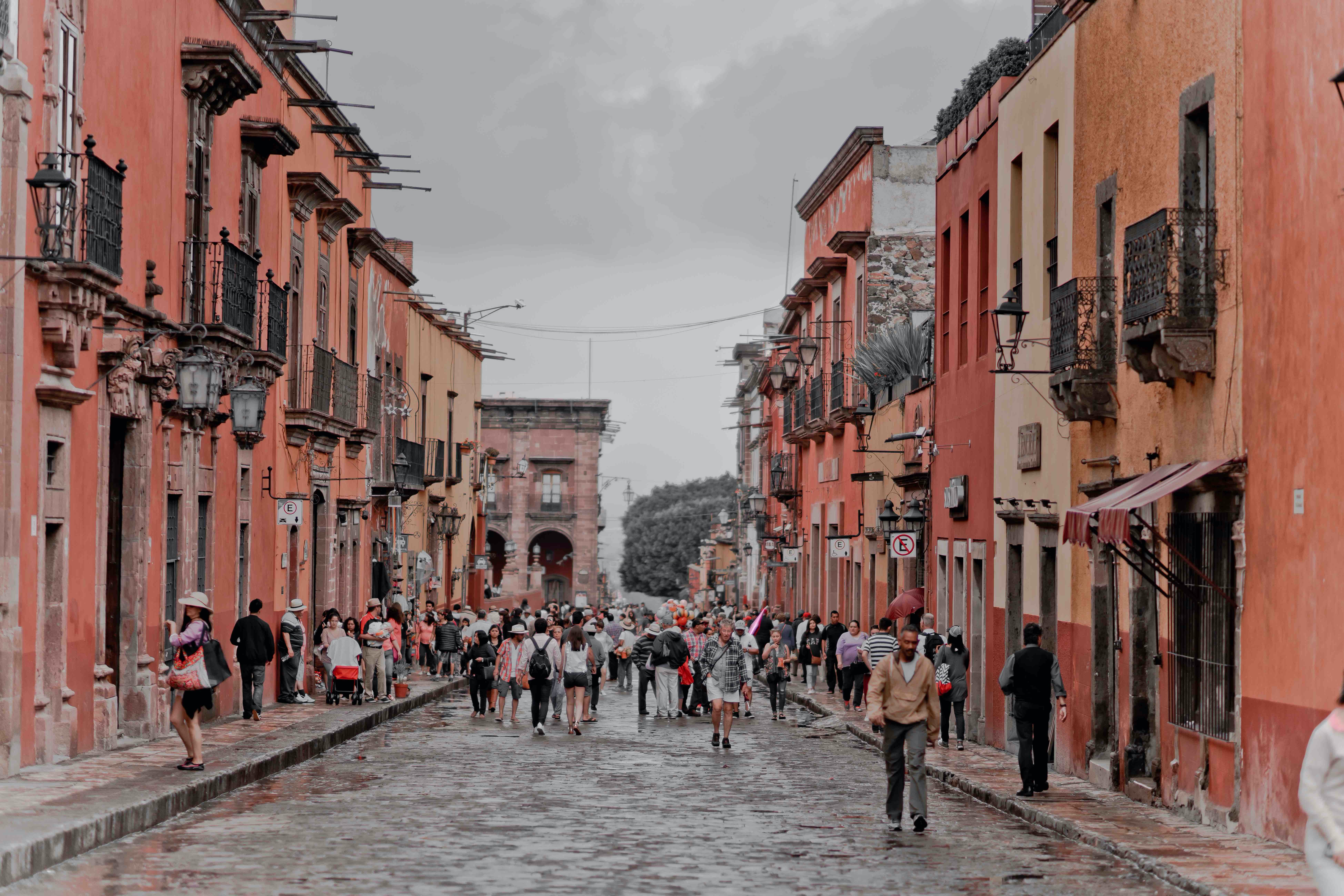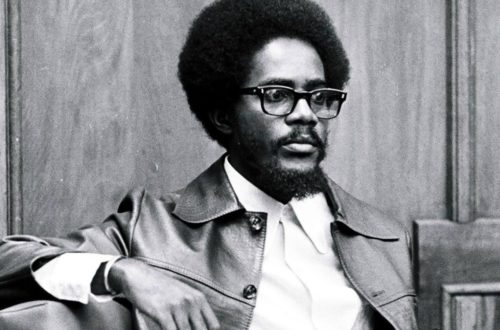
Cotton Woven International Law
Contrary to the instincts of many law students, the study of commerce is essential when learning about international law. What makes this claim perplexing is directionality: does law regulate commerce or does commerce inform law? Most students would guess the former but, as they come to learn when studying international economic law, it is actually the latter.
International law evolved from the European encounter with peoples beyond Europe. A continental project ultimately proved to be universal in reach and in character or, as I am fond of saying, European subjectivity posited itself as universal objectively (and eventually legality). But why did Columbus set sail into the big blue yonder? I am afraid the answer is not as romantic as we might wish it to be: in search of gold, silver, textiles, spices, crops, and sundry commodities. It was a commercial expedition intended to fill the coffers of Ferdinand and Isabella and to fund the continuing crusade against Muslims and Jews they launched during the inquisition.
As is well documented in TWAIL scholarship, upon arriving in these non-European lands, Columbus encountered, you guessed it, non-European peoples. International law thus developed to mediate the relationship between Europeans and those they saw as non-Christian (often non-human). Central to Francisco de Vitoria’s thesis were the rights to settle and trade. And as rights are denoted by a corresponding duty, this meant that the non-Europeans were obliged to be hospitable to the foreigners and to their commercial aspirations. In this way, commerce became the international legal pillar to rule them all.
International legal scholars and political economists each sought to justify the commercial imperative in the emergent law of nations (jus gentium). Vitoria’s argument was theological in character; Grotius’s was mercantile; Smith presented an anthological on;, and Friedman claimed the rigour of science. Each ultimately crafted an argument that supported the interests of the dominant class of the time shifting from the monarchy, to the company, to the state, and ending with the capitalist.
But why rights to settle and trade? Were these not successors rather than precursors to property and contract? Well, yes and no. At the core of commerce are resources—to produce goods to barter—and markets—places where barter can take place. Without something to own and something to barter, property and contract are moot. And each right codified in jus gentium—or European outer-state law—provided Europeans with access to the resources and markets of non-Europeans. To understand this simple but vital structure, I rely on the first global manufacturing industry—cotton—as this subtropical plant is responsible for weaving together the entire framework of international economic law.
Cotton is a subtropical plant that grows just north of the Equator and across three continents: Africa, the Americas, and Asia. Households have grown it for millennia, having proven itself the ideal ‘textile crop’ to grow alongside ‘food crops’. Peasants could grow cotton, spin it into thread, and weave it into textiles which they then tailored into clothing or sold to local merchants. The merchants then transported the goods to markets at coastal towns where they were sold to foreign merchants who visited their shores. Historically this happened in Mesoamerica, the Indian subcontinent, China, and disparate parts of East, West, and North Africa. Which begs the question: where was Europe?
Despite European familiarity with cotton—thanks to Muslim and Asian traders—Europeans could not grow cotton. The cotton products that were traded were already manufactured, limiting European involvement to the act of tailoring. At least this was the state of affairs until Vasco de Gama discerned a route to the Indian subcontinent, allowing Europeans to bypass the Ottoman middlemen.
As is often the case, they leveraged their advantages—sailing and military might—to insert themselves into what was then the world’s leading manufacturing industry. Heavily armed private capitalists—X, Y, and Z East India Company—violently restricted access of Indian merchants to foreign markets, placing themselves between the producers and the buyers and acquiring in the process control over both resources and markets. It was a clever way of overcoming European impotence in the growing of cotton, to resolve the problem of resource constraints: seize the resources of others. Imperial expansion, expropriation, armed trade, enslavement, espionage, and other forms of organised violence disrupted traditional supply chains, substituting them with a Eurocentric one. And from there the companies began to flood European markets with cotton goods.
But what does any of this have to do with international economic law? To counter the influx of new textiles, the wool and linen manufacturers of old demanded legal protections resulting in what we today refer to as protectionist measures. Grotius had helped establish a mercantile mindset and the aim of each European state was to leverage economic activity to the advantage of the centre. Parliaments across Europe outlawed the import of cotton textiles—but not raw cotton—that were manufactured beyond their borders, establishing laws that compelled the spinning and weaving of cloth in Europe; they exported textiles to other markets branding them with foreign names (which were more popular); they appropriated Indian technology (which was more sophisticated); and they copied foreign styles (which were more elegant). In the end, they reshaped how things were produced, utilising every tactic at their disposal to gain the upper hand over the global cotton manufacturing industry.
Shortly thereafter, they sought to consolidate their gains by developing a new set of laws that would allow them to maintain control: intellectual property laws would preclude others from engaging in industrial espionage or from copying the works of others; anti-competition laws would prevent other companies from strong-arming local merchants and dominating distant markets; trade law would prevent foreign goods from undermining domestic production; finance law would ensure that European bankers were involved in all transactions even if they did not involve Europeans; and so on and so forth.
In the end, commerce and European access to the resources | markets of non-Europeans came to inform the modern international legal framework in operation today. Whether this model lives up to the doctrine of international cooperation is a matter for another day.




